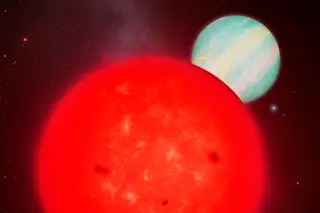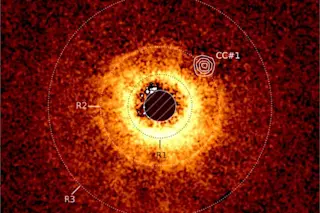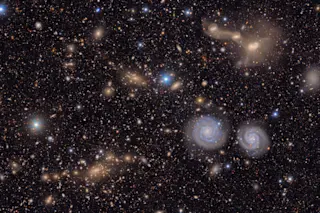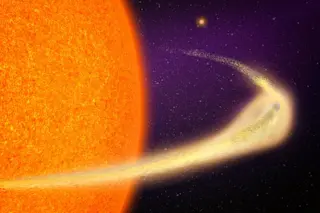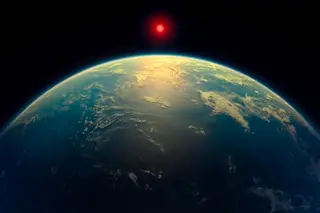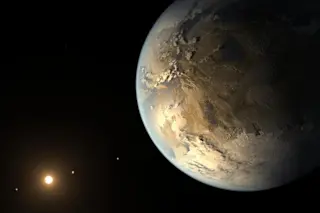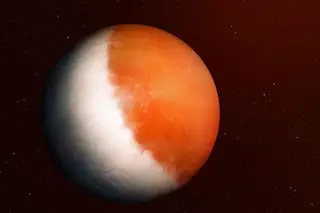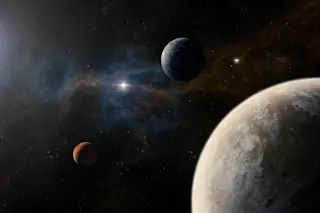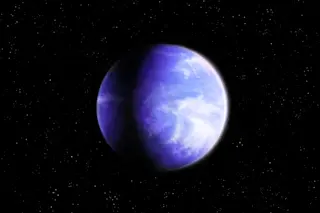Last month, when astronomers with the Kepler space telescope released a list of 1,235 possible planets orbiting other stars, one particular candidate, KOI 326.01, especially stood out. Scientists, journalists, and the general public couldn’t help it: In a population of planetary candidates dominated by sizzling, Jupiter-sized gas giants—which are much easier to spot—here was the closest thing yet to our very own planet. It was just about the size of Earth, even a little smaller, and had a temperature around 138 degrees—rather warm for human tastes, but still a place where liquid water could rain down from clouds into oceans, and where life as we know it could possibly exist. A clever but perhaps overambitious monetary calculation valued the planet at exactly $223,099.93. Alas, KOI 326.01’s 15 minutes of fame must now end. Additional analysis of the planet’s star now suggests that the planet is a lot larger, and most ...
Exclusive: "Most Earth-Like" Exoplanet Gets Major Demotion—It Isn't Habitable
Discover the fate of KOI 326.01, a once-promising Earth-sized planet now deemed too hot for habitability. What changed?
More on Discover
Stay Curious
SubscribeTo The Magazine
Save up to 40% off the cover price when you subscribe to Discover magazine.
Subscribe


